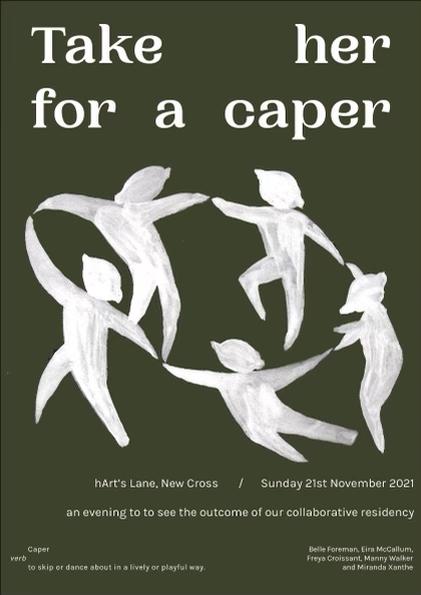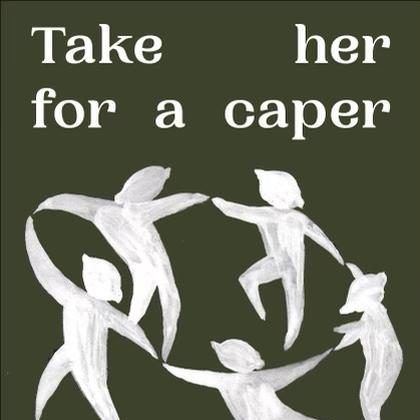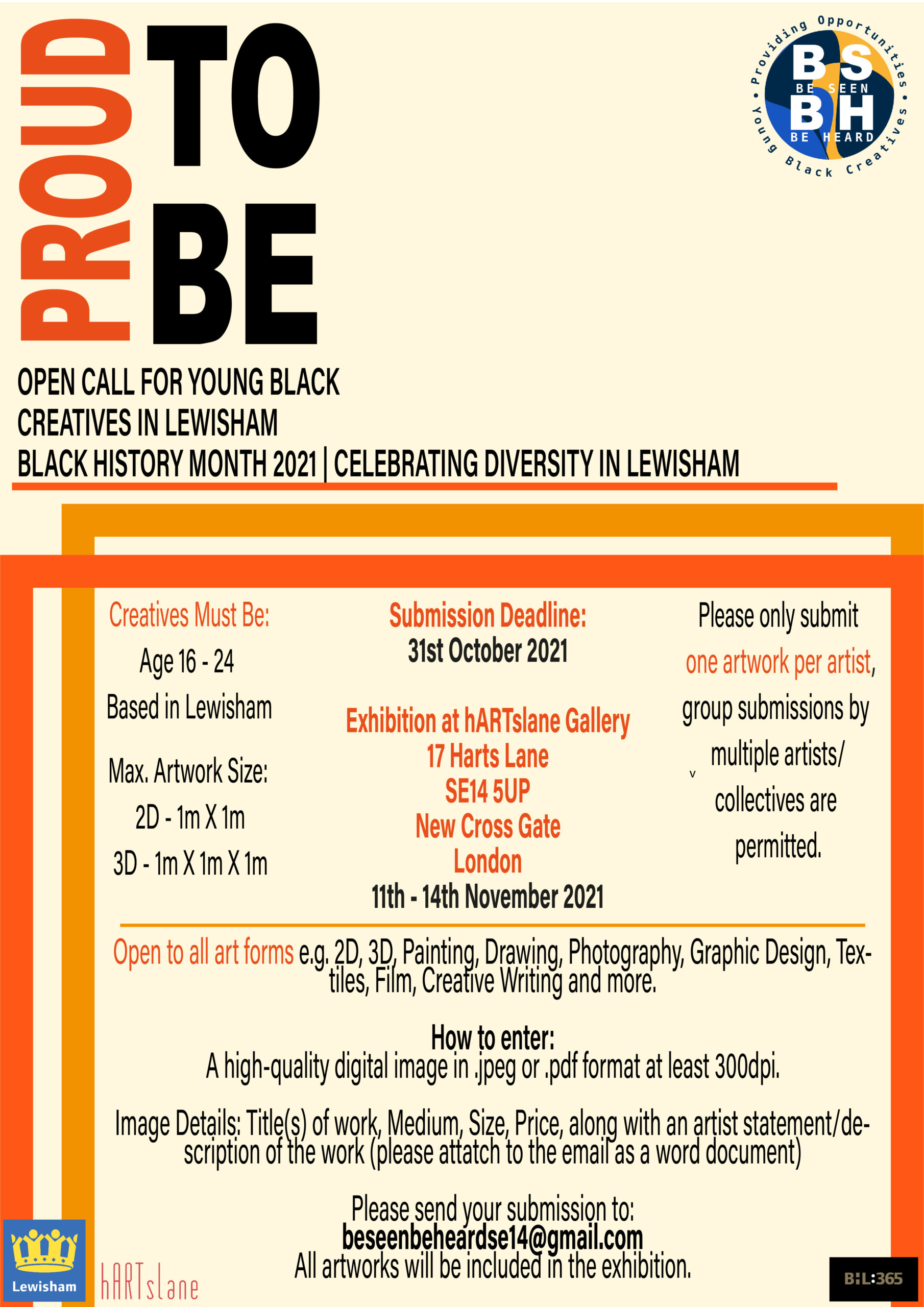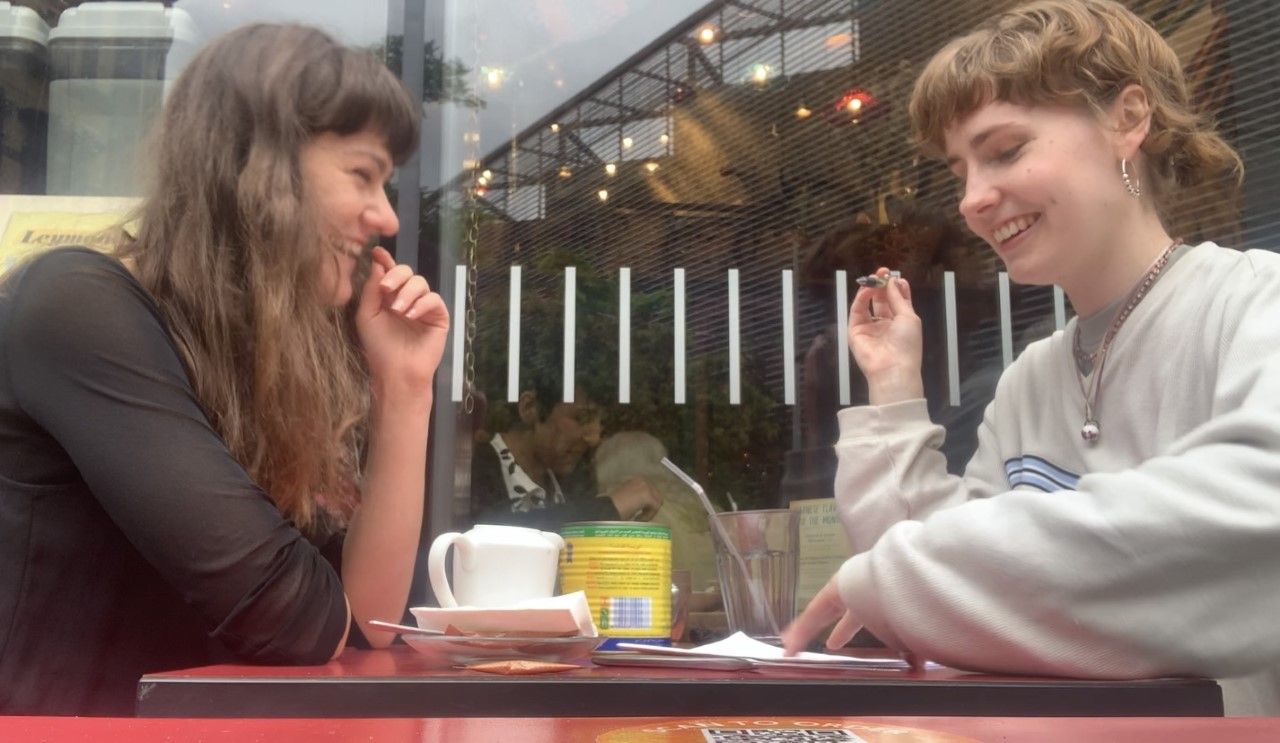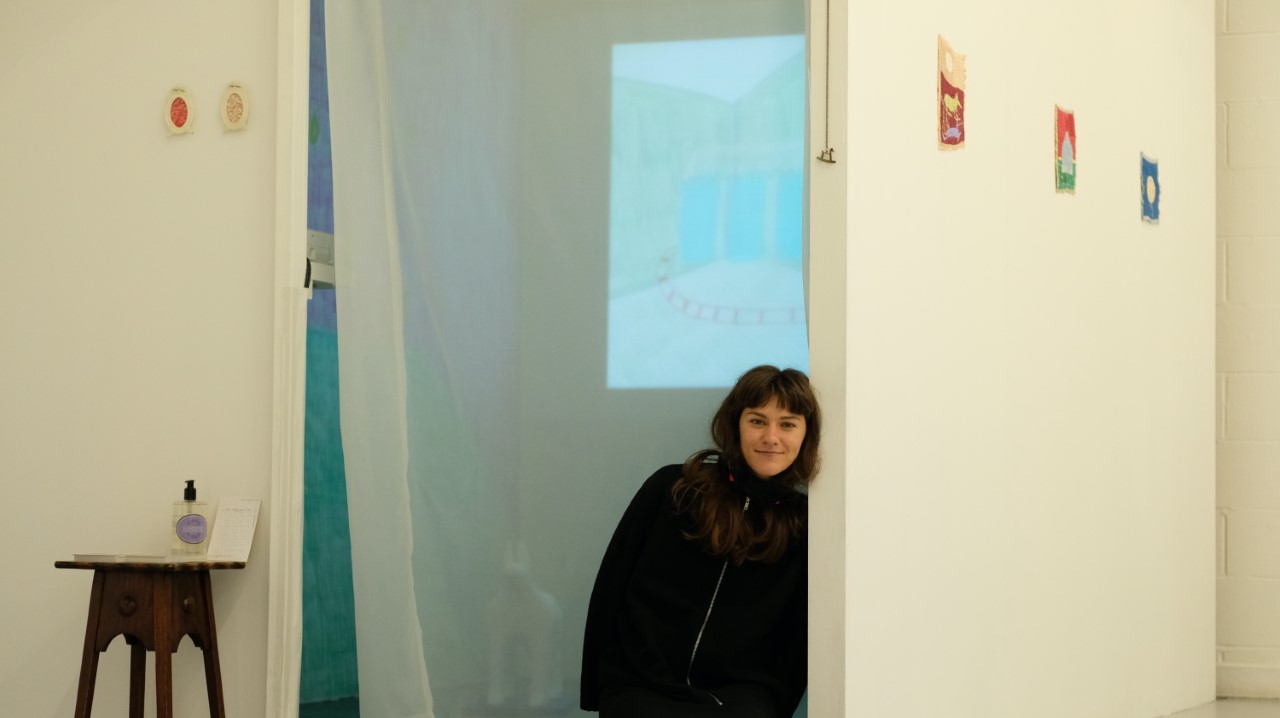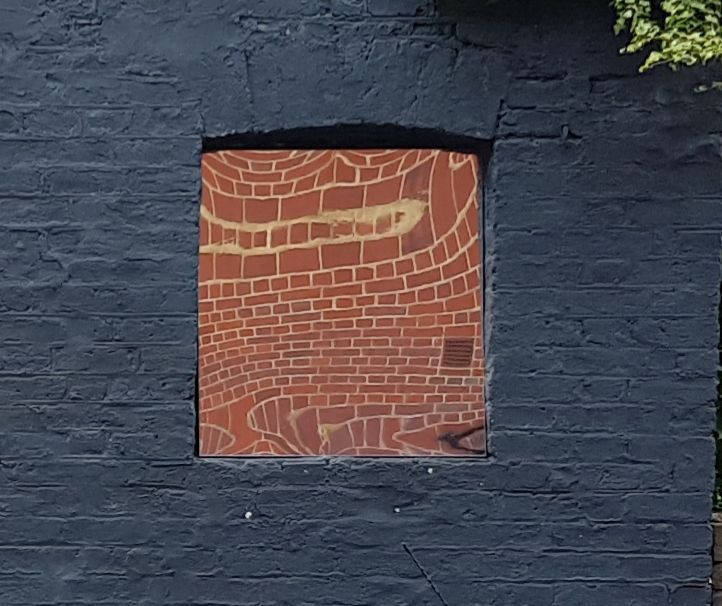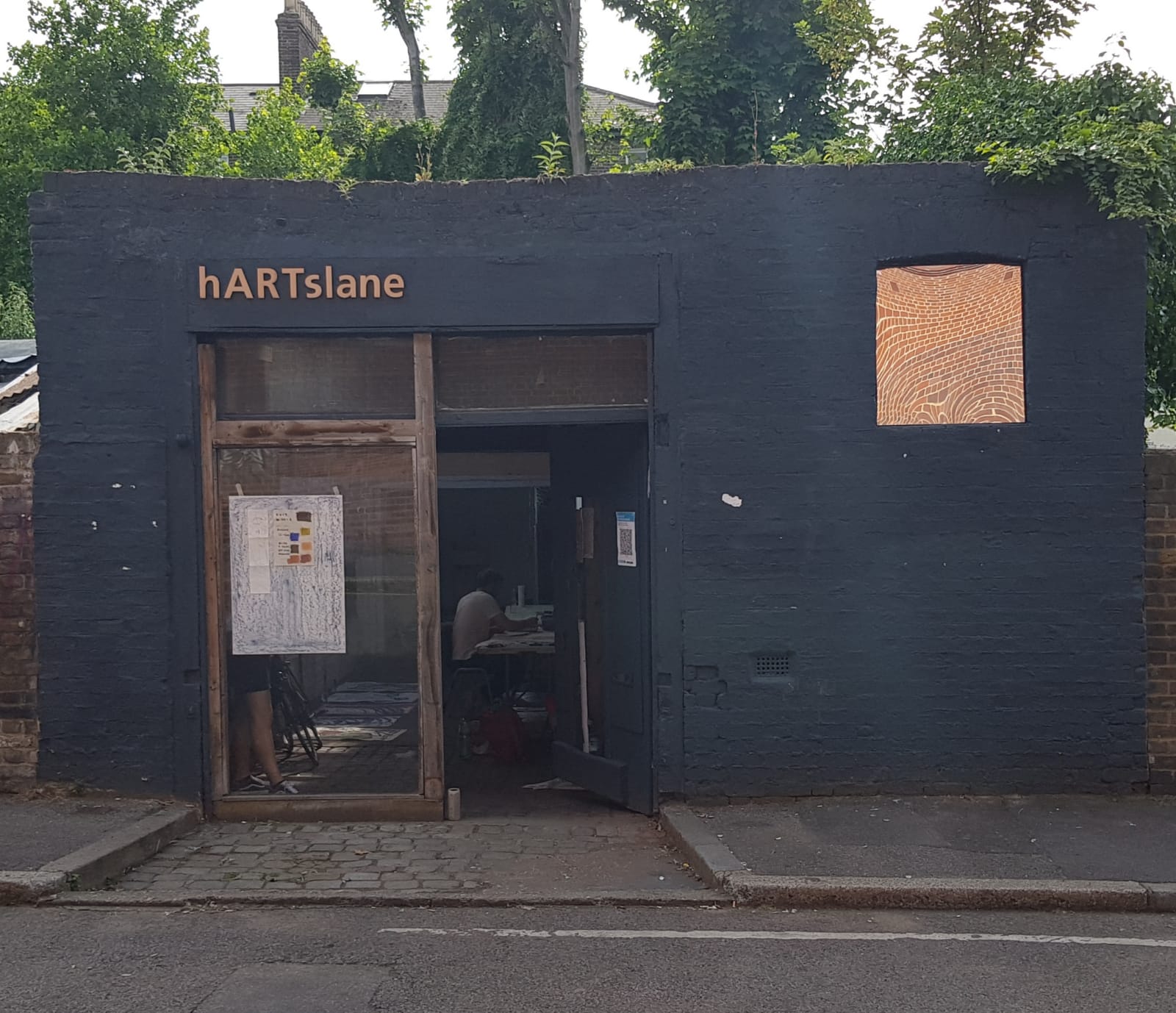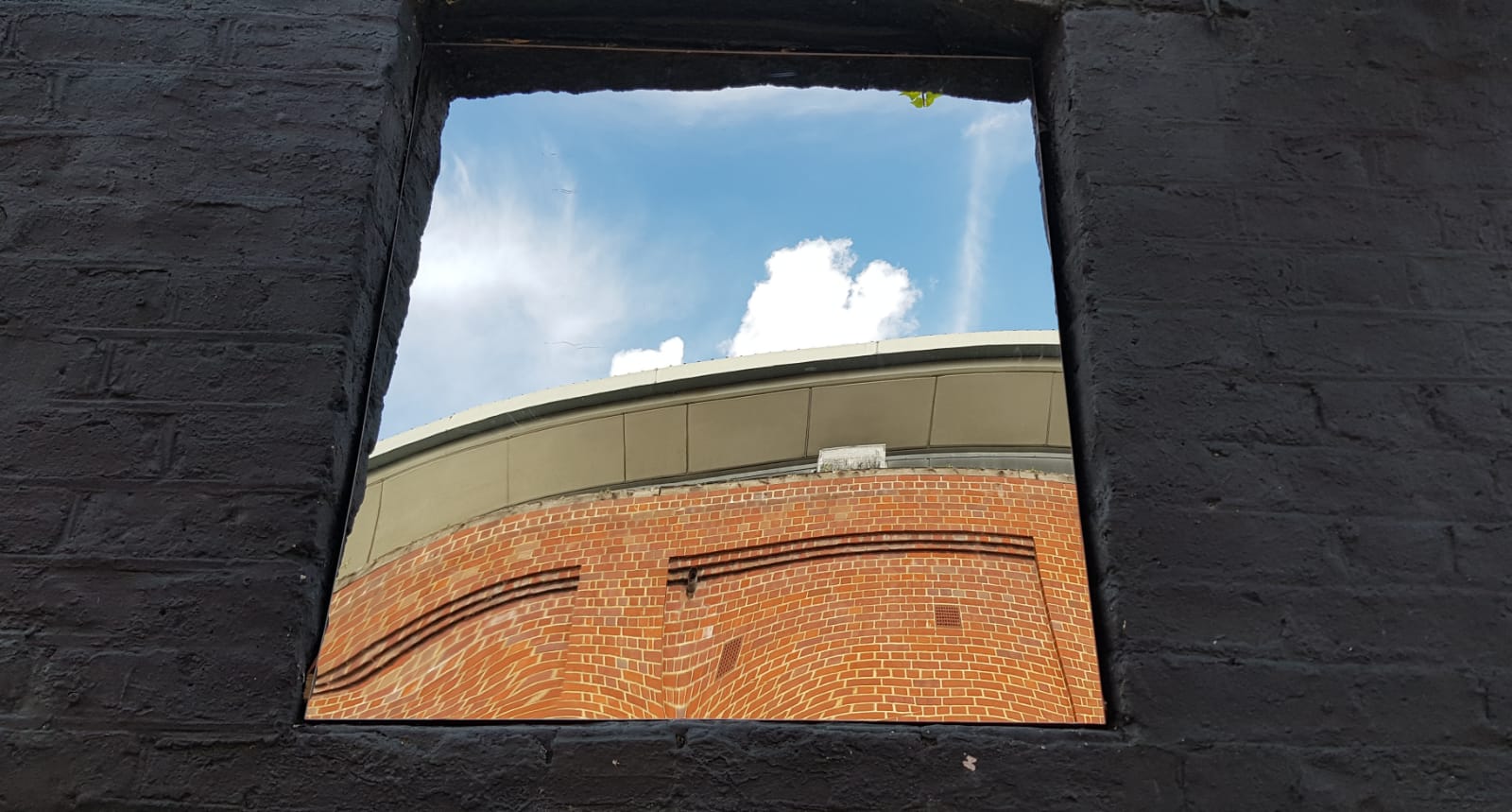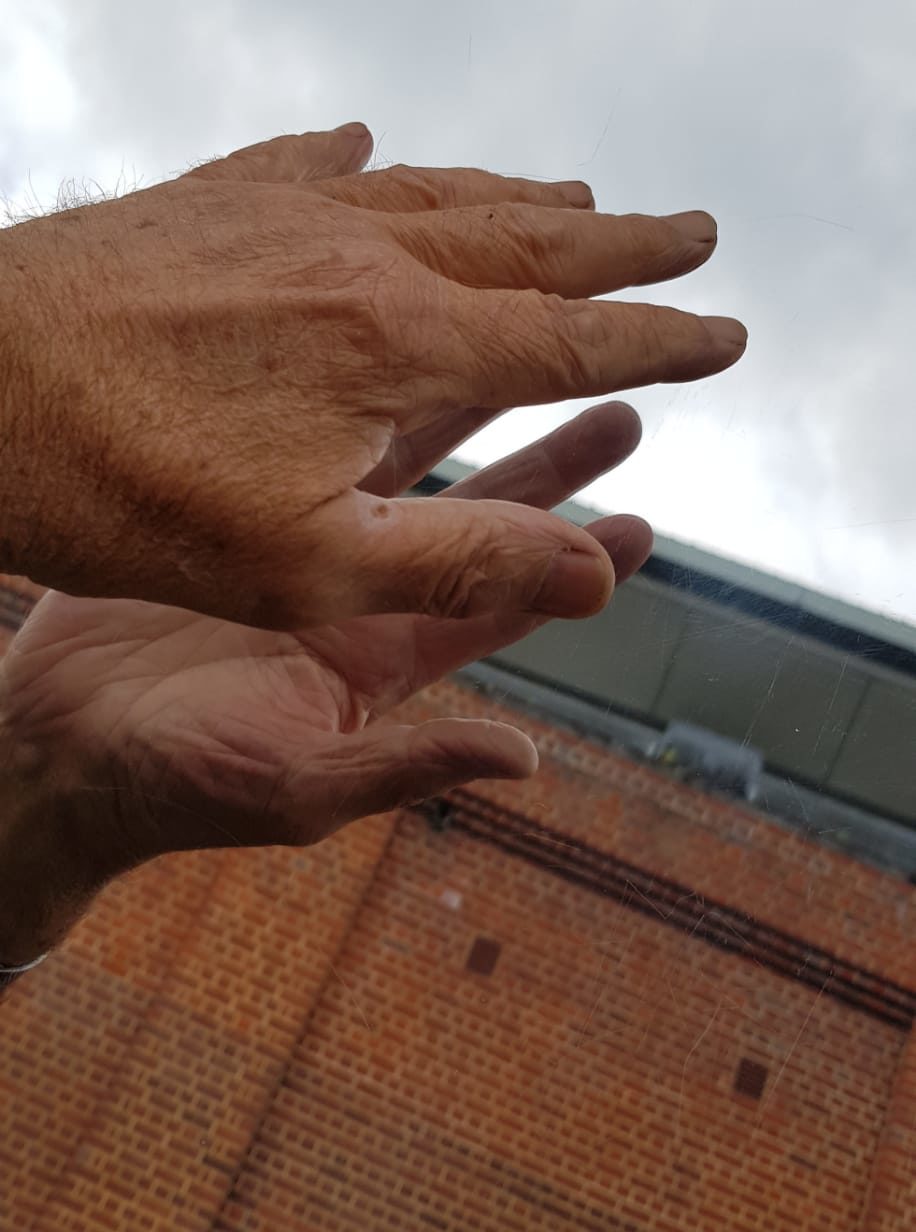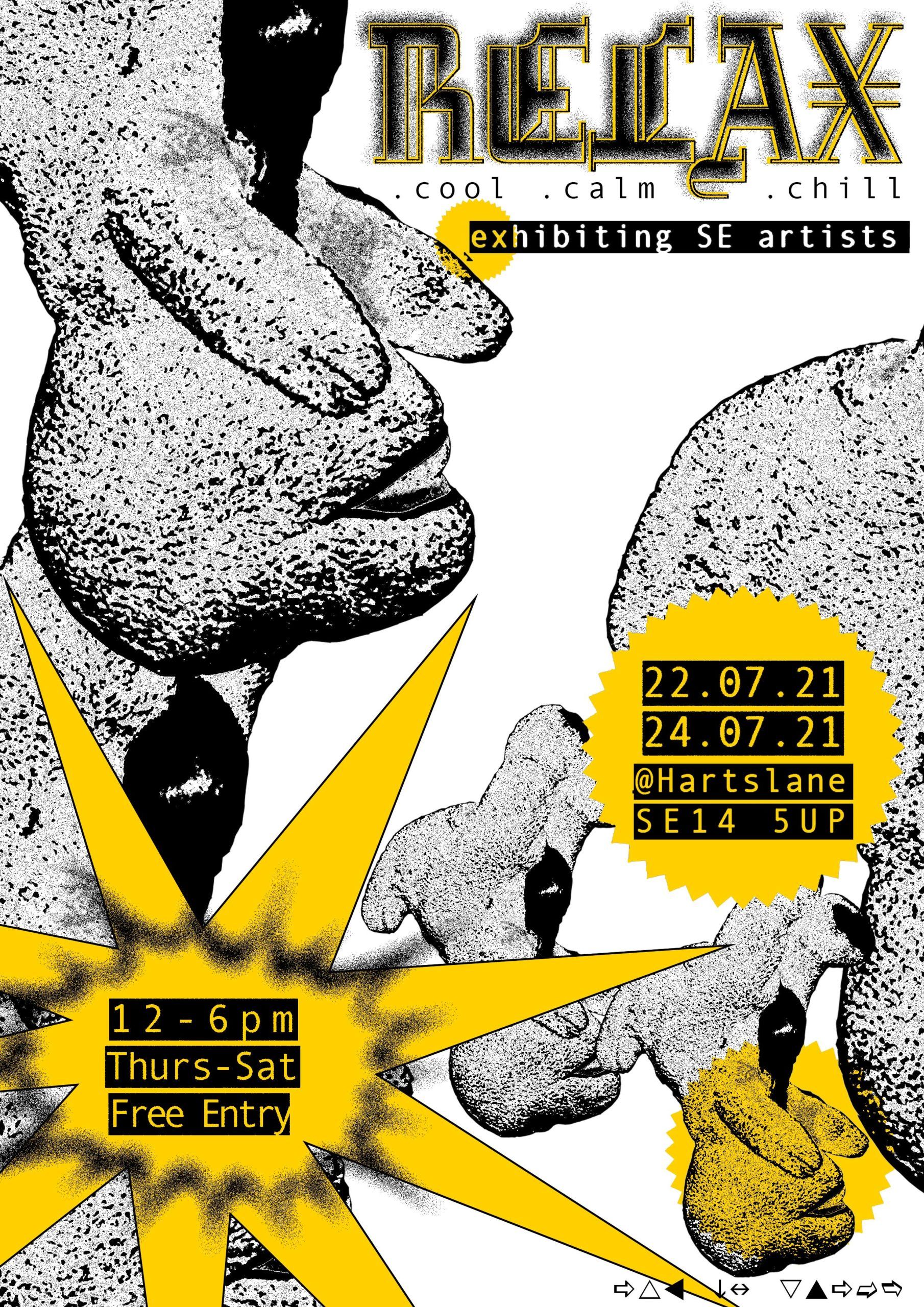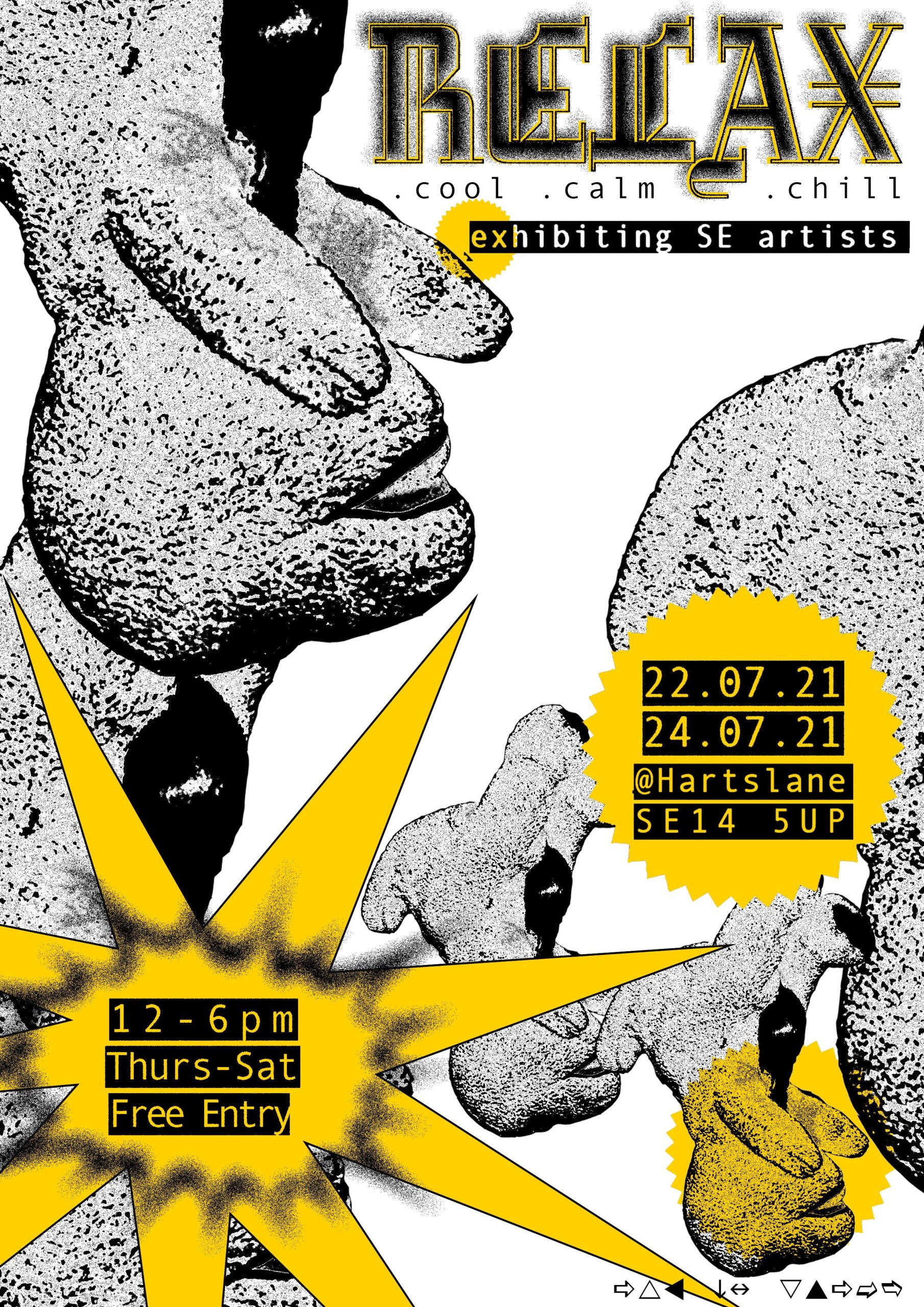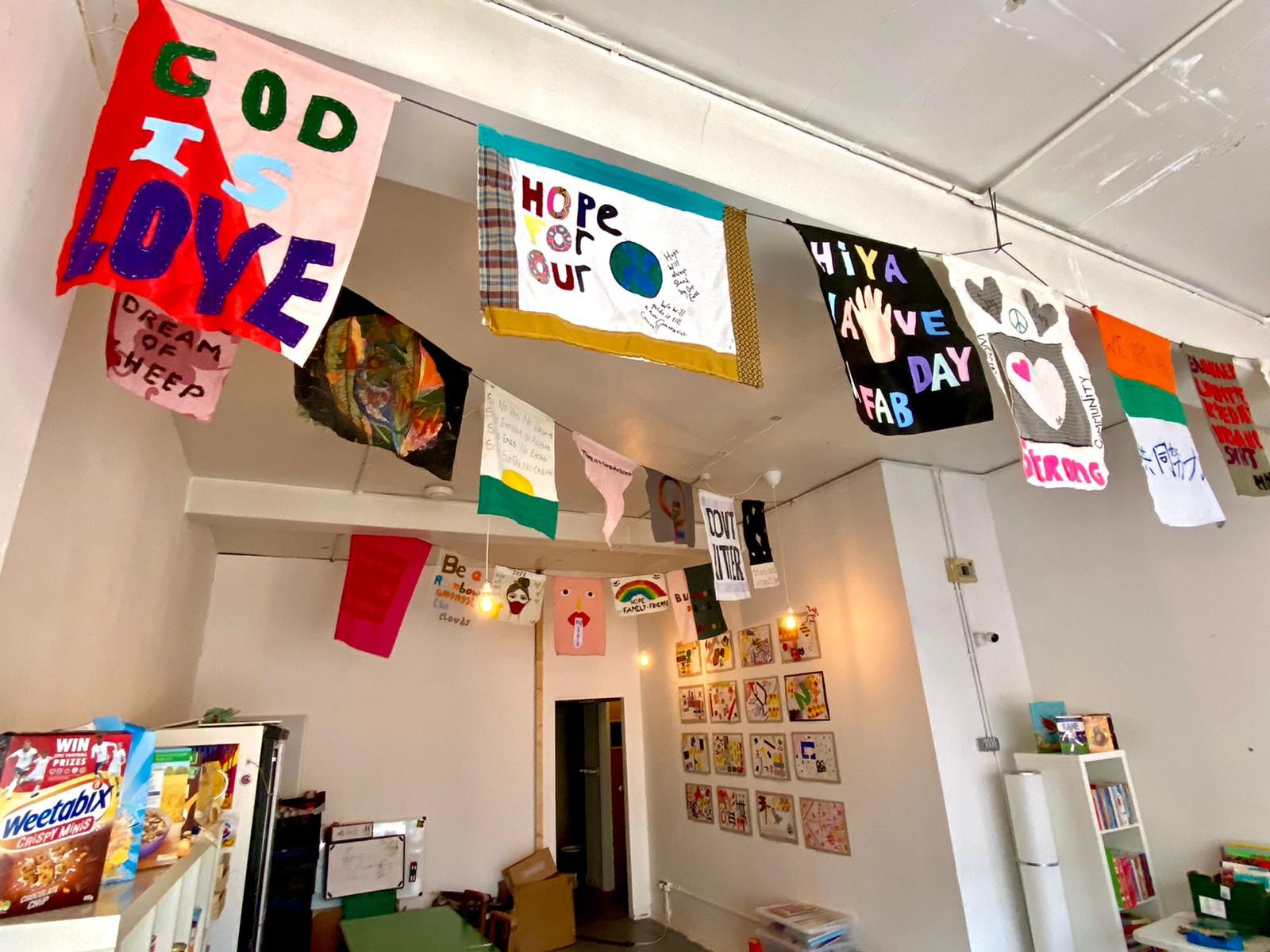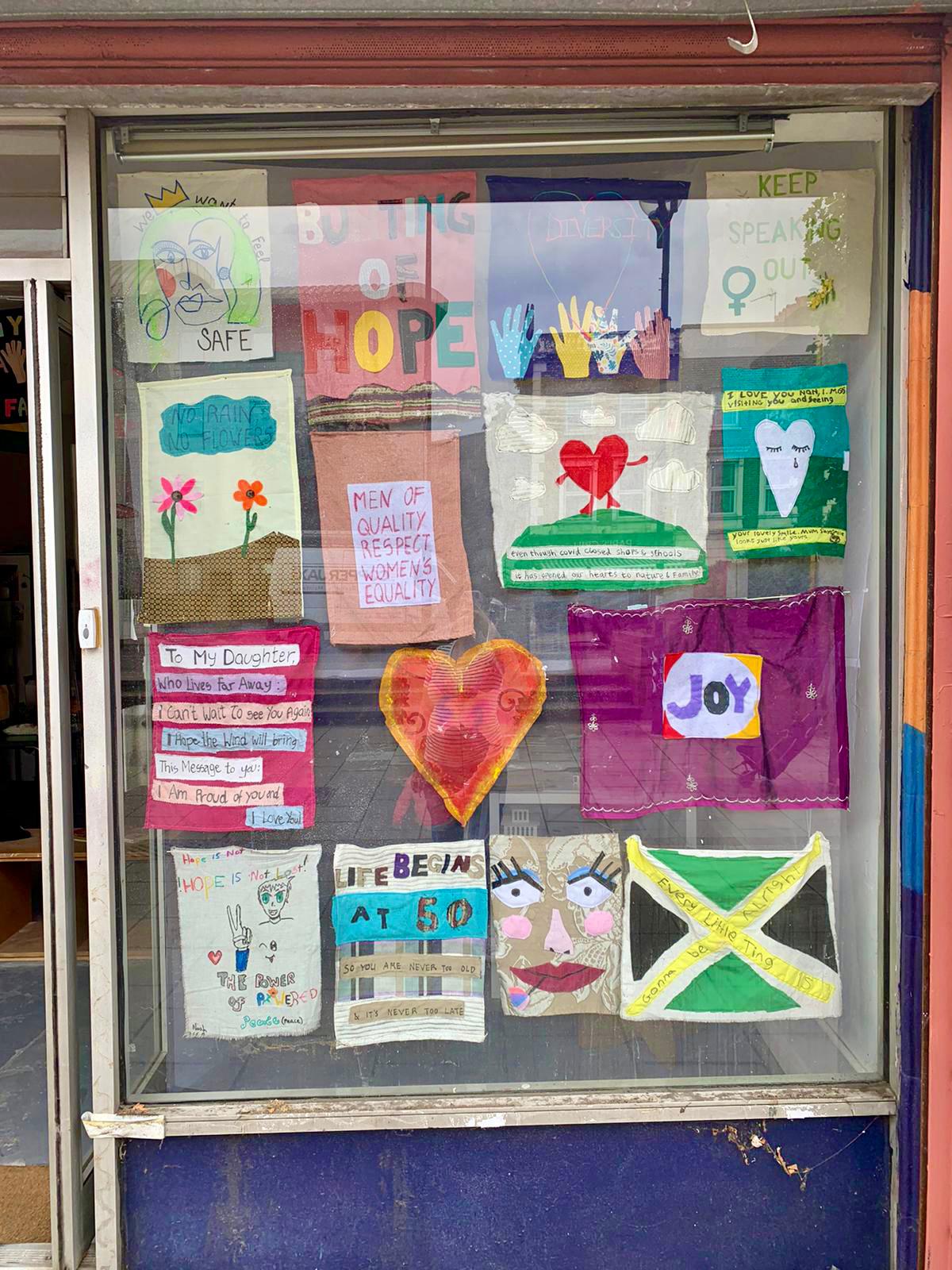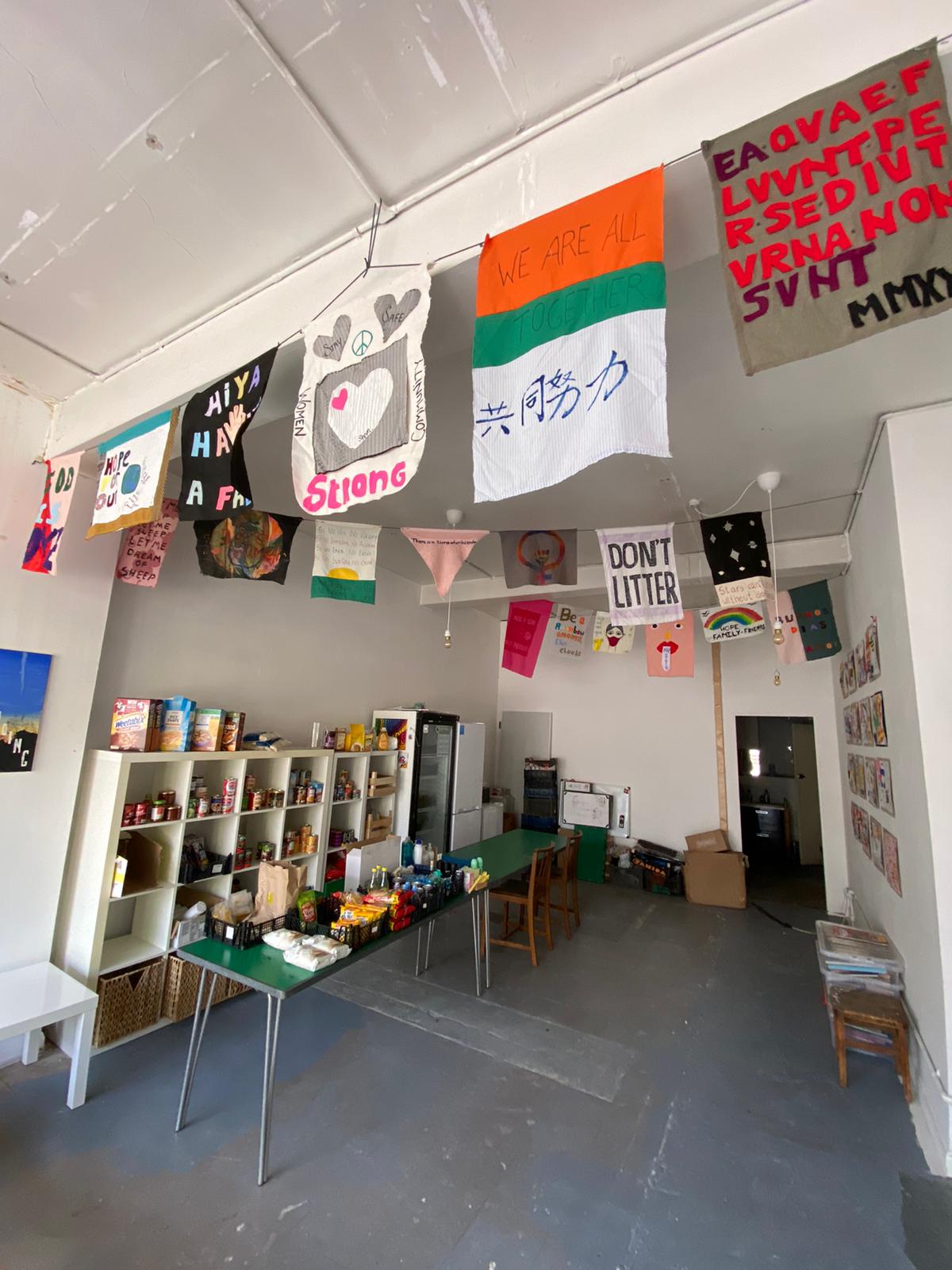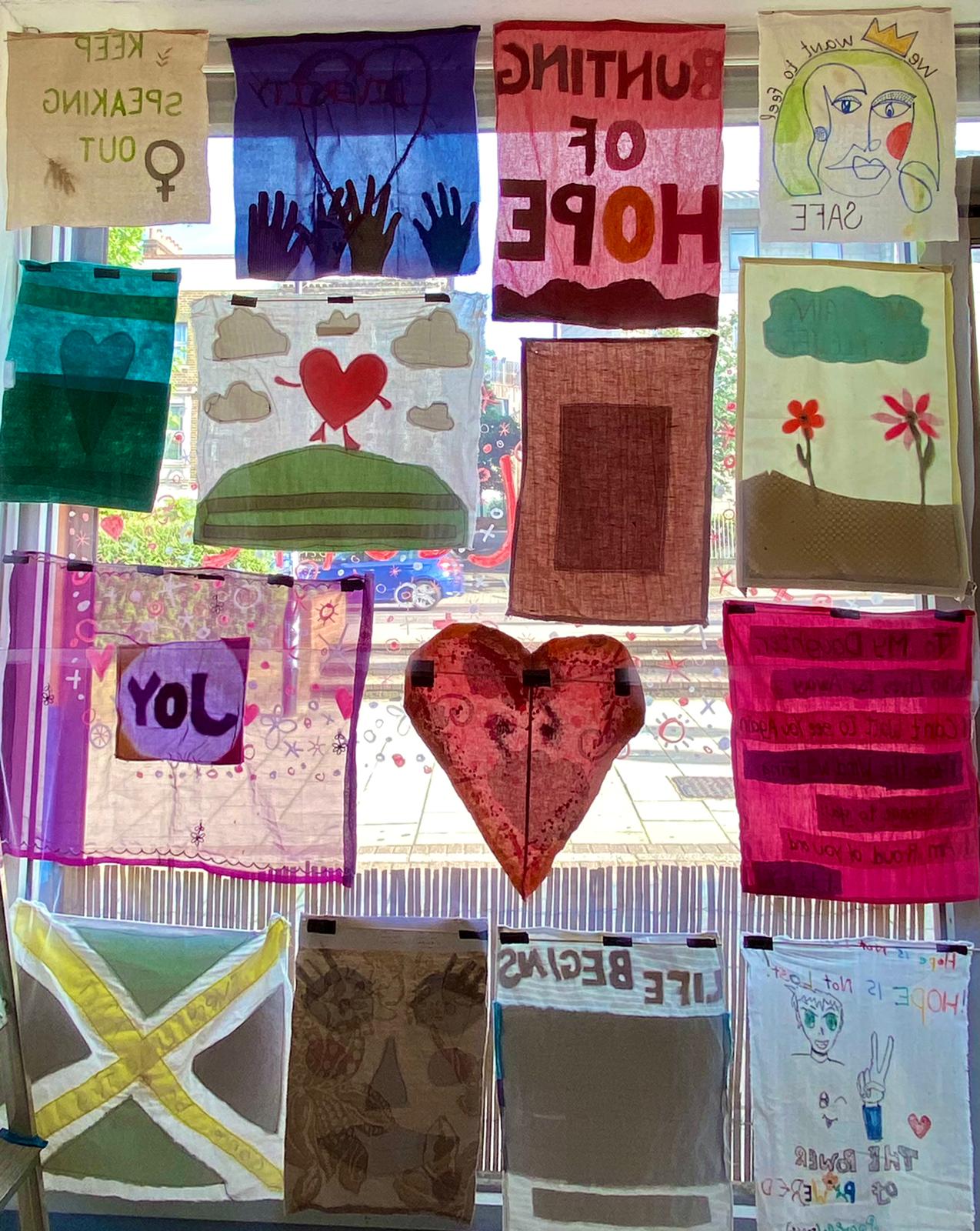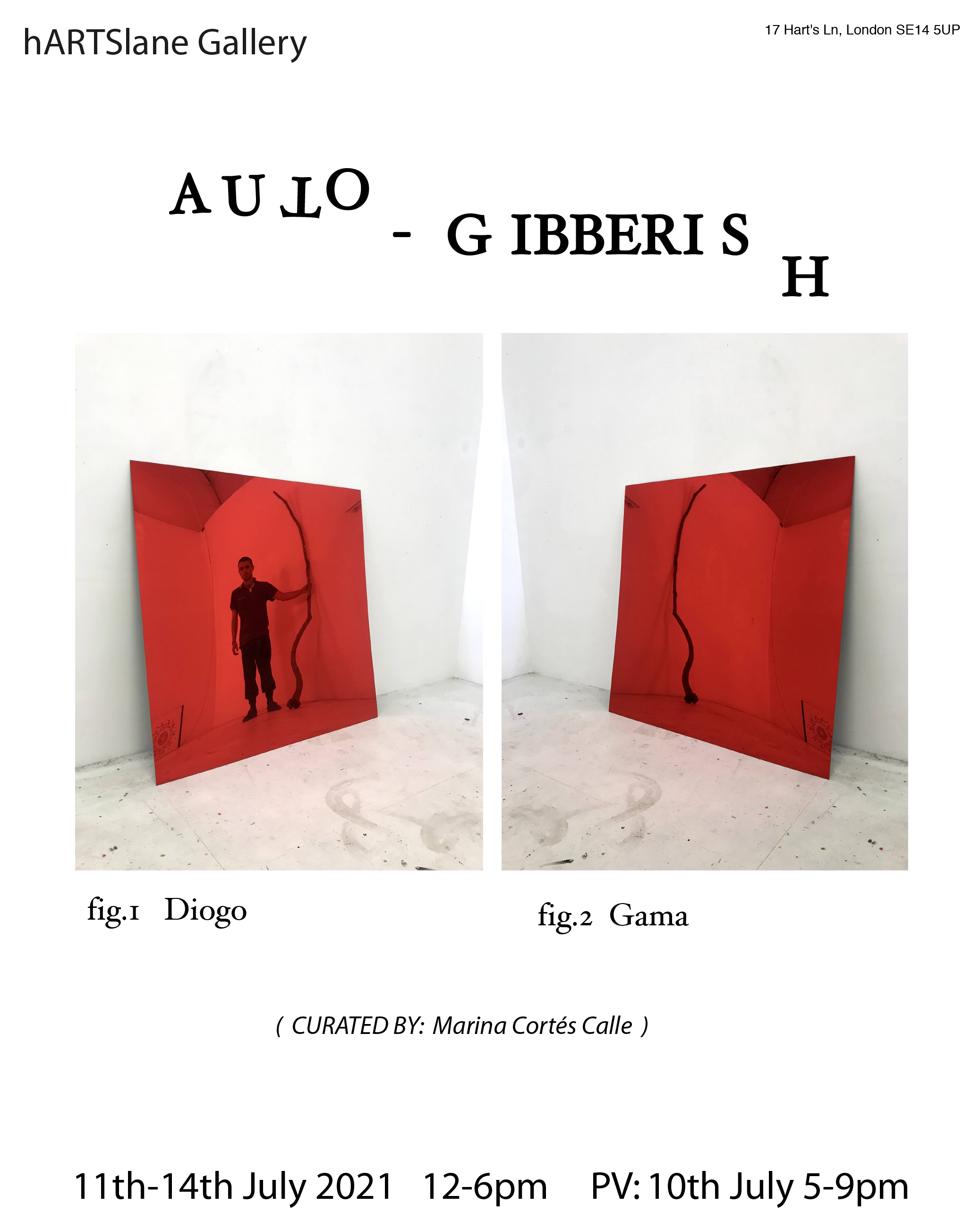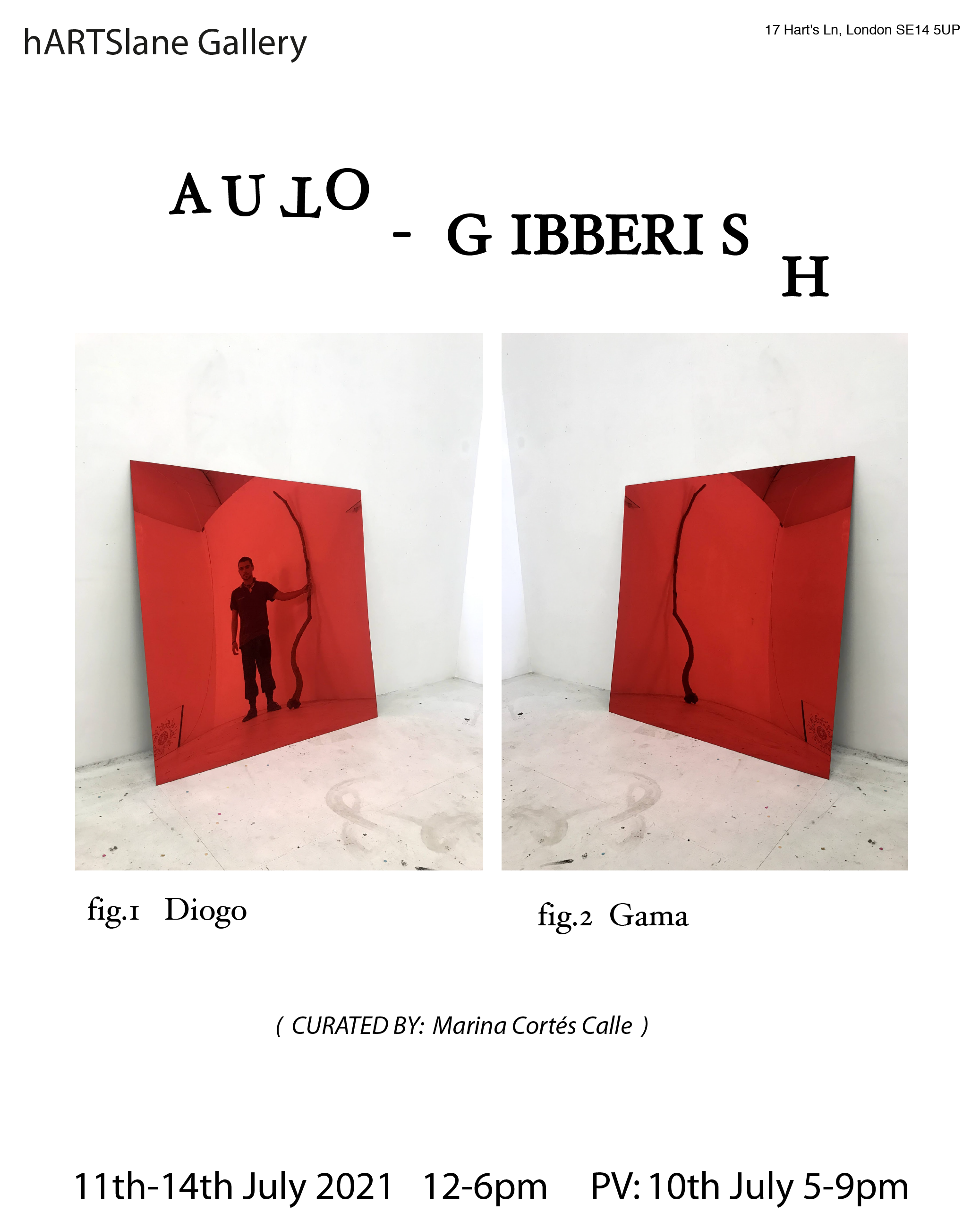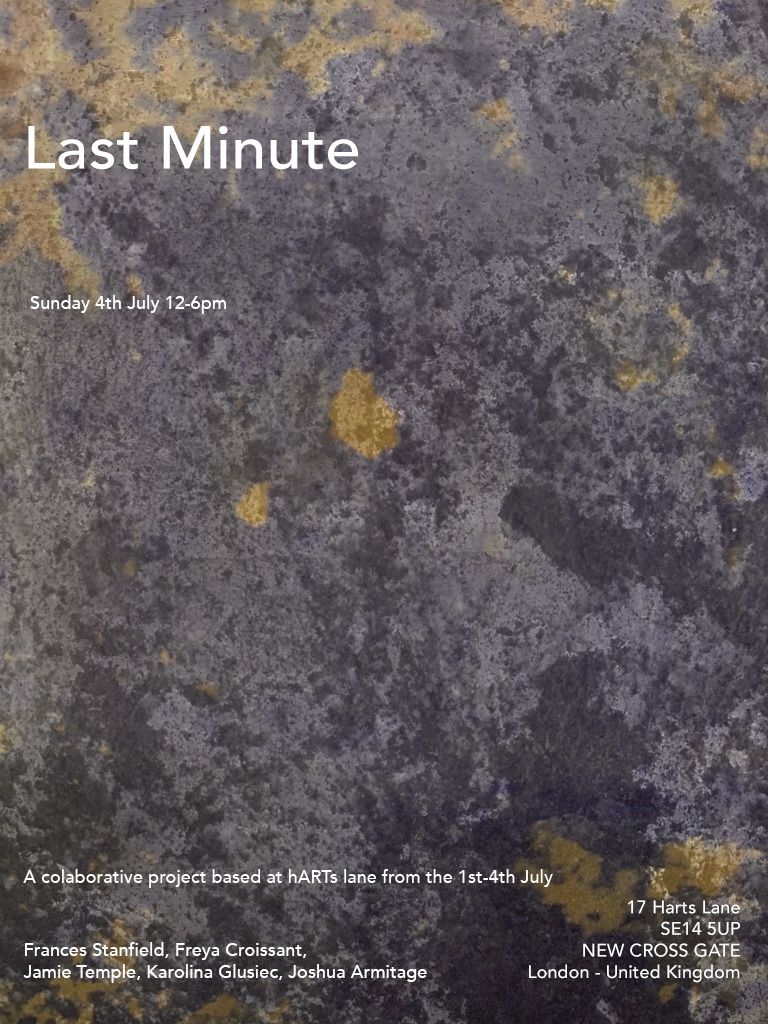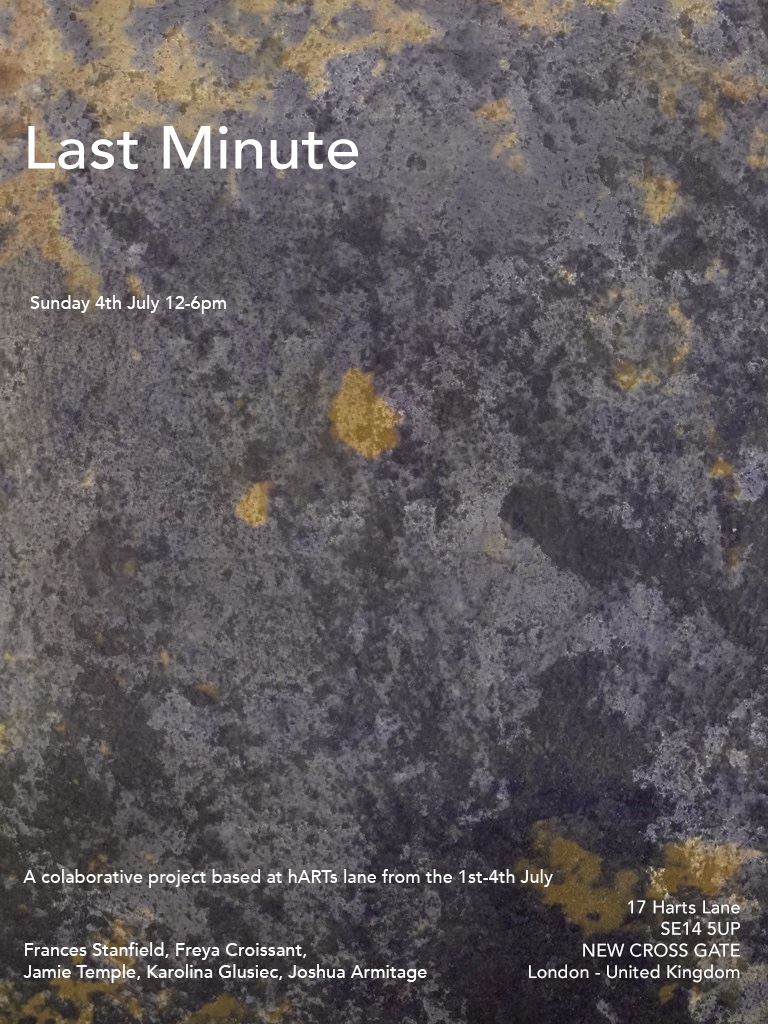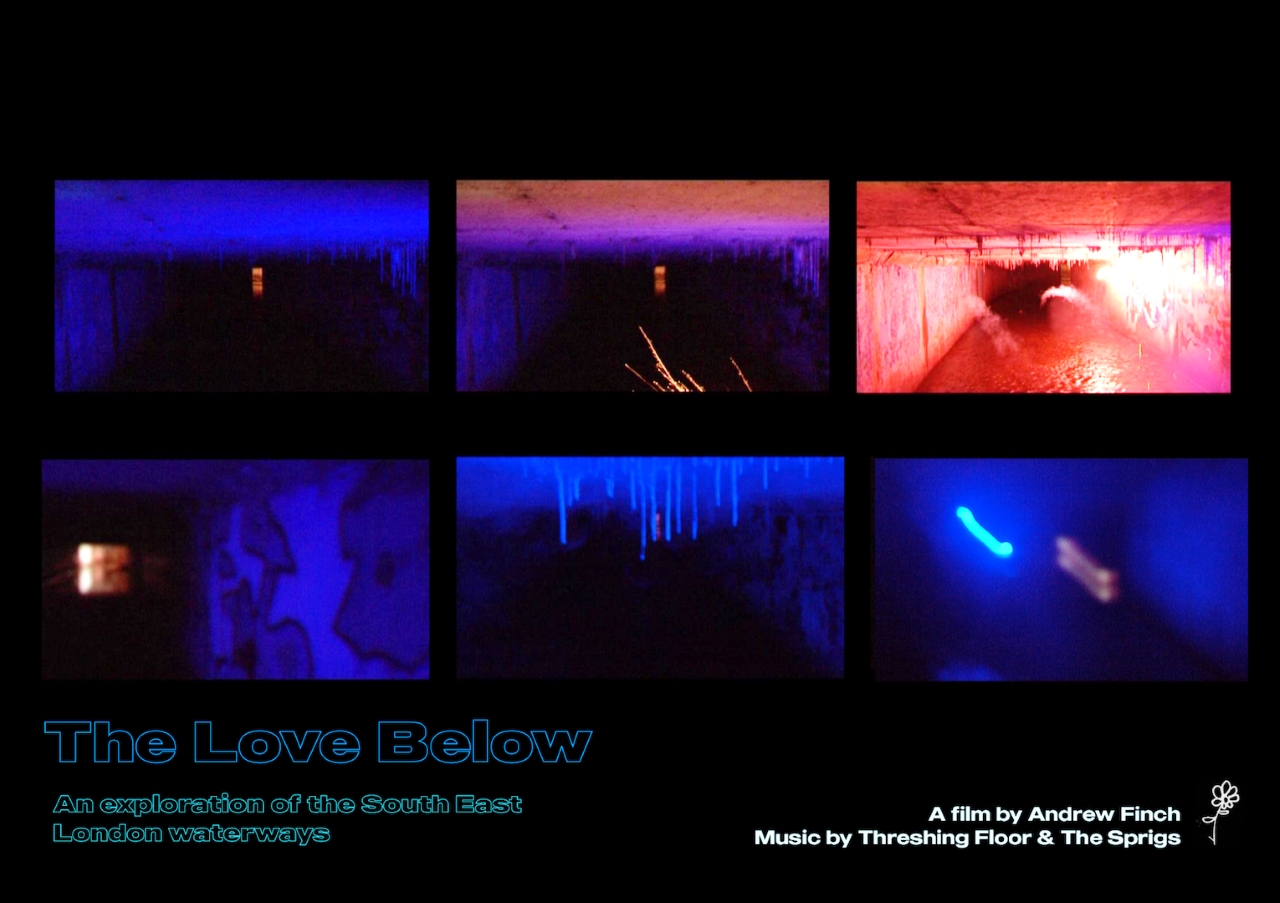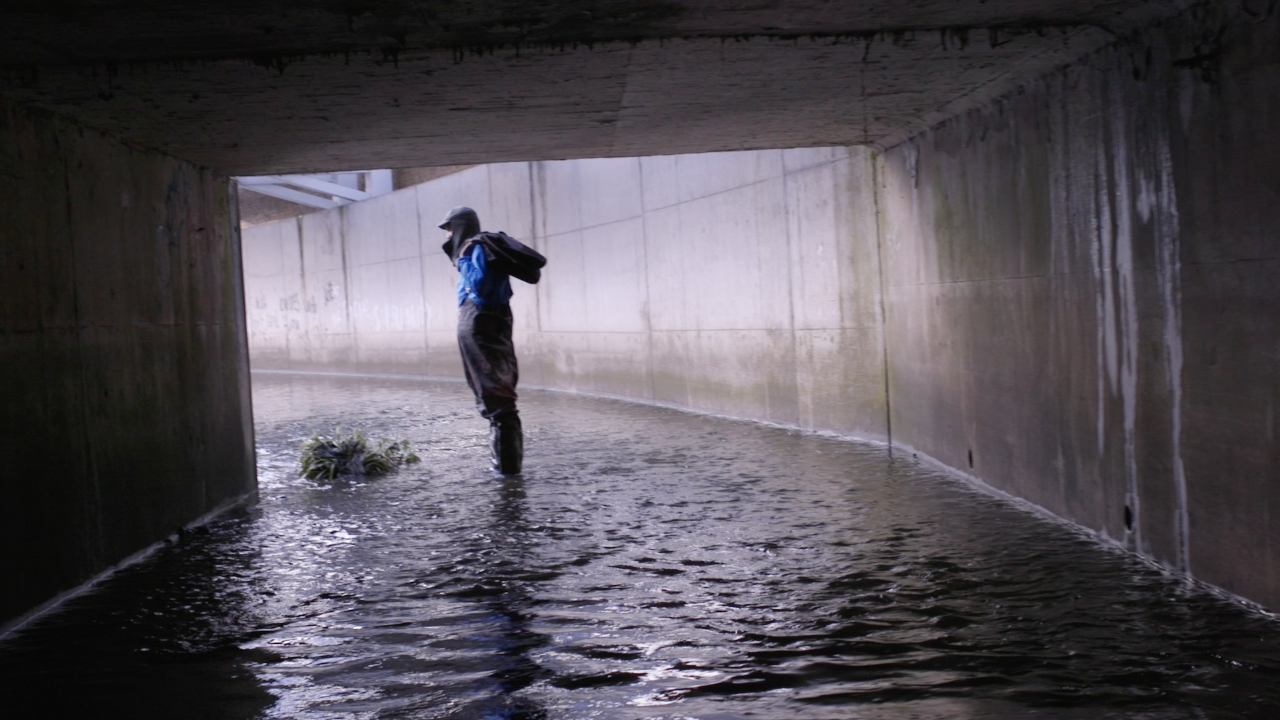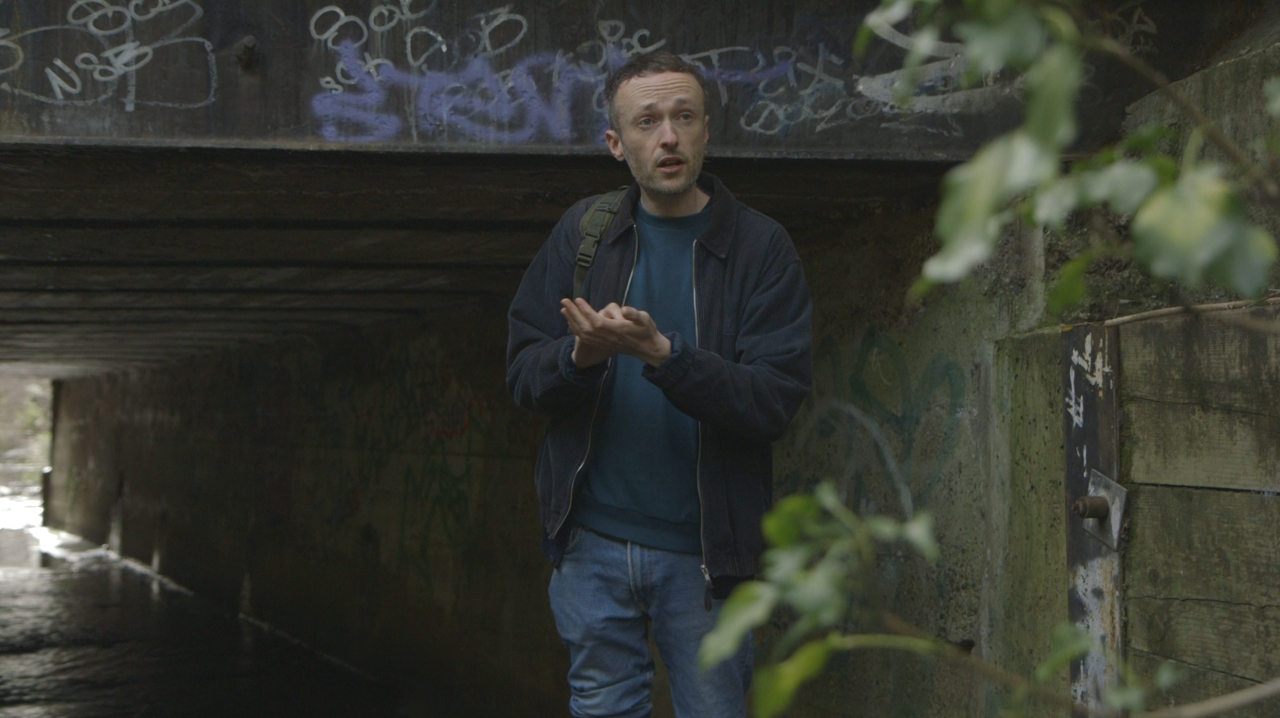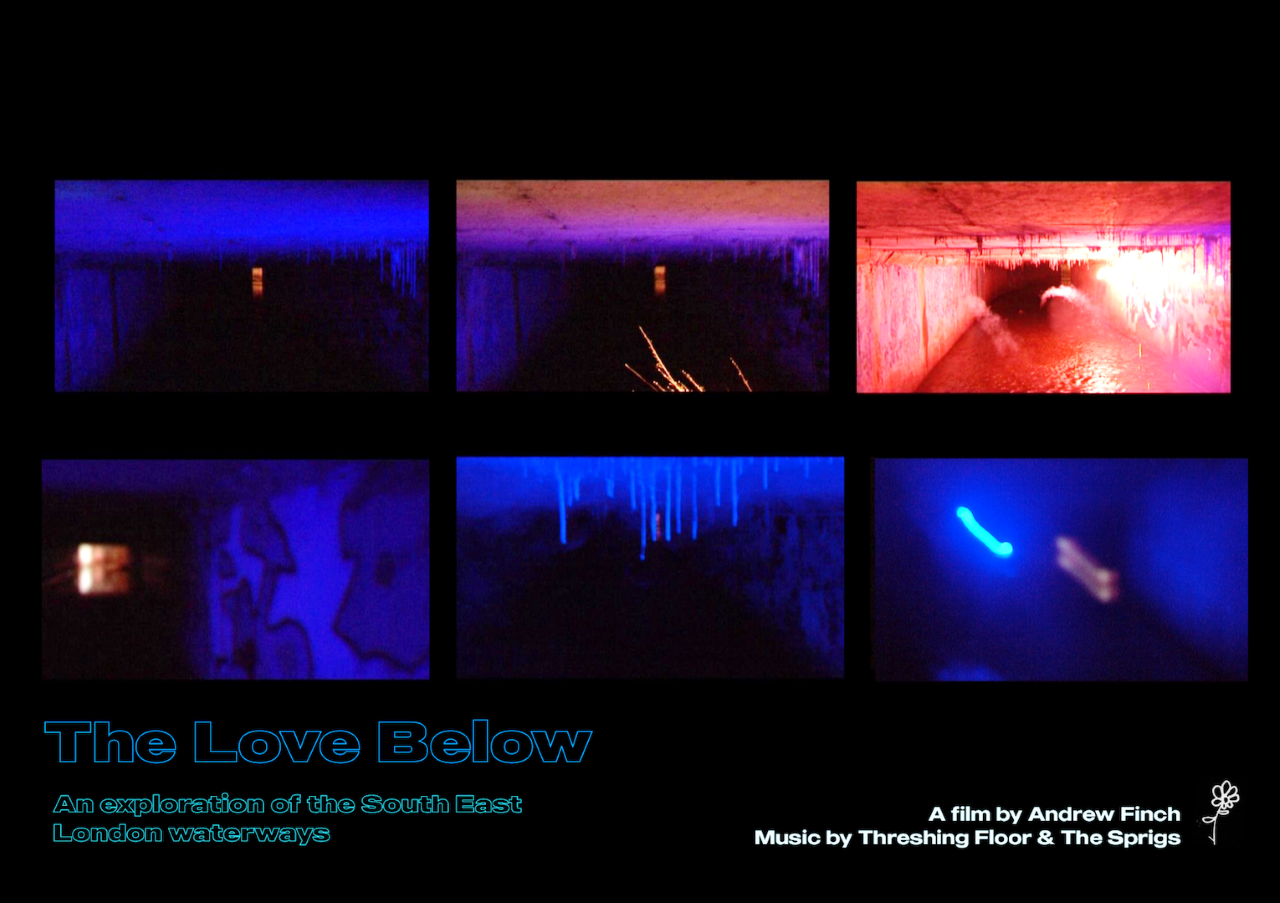Margarita Ieva Loze is an artist working with themes of existence in time and space. Using drawing, moving image, sound and spoken word, her work transports us into another interior, one that is delicate and slow as the image swirls, wraps and contains.
There is a softness and subtlety to the way that she draws, taking hundreds of sheets of transparent paper and layering the drawings with minor blips as we watch the space expand and compress. Her videos have a bittersweet awe to them, and transport us to a carousel, a living room, the sea. I sink into myself watching them. Her work is a state of retelling, revisiting; a reminder of how memory can hold and possess. For Moving hARTs Margarita screened three of her animations; Memory collector. In Between, Fitting In and Meditation in Blue.
The first question is about the process of your work – I know your work as I’ve watched it progress and come to life at Wimbledon, but can you describe it as if it were someone who doesn’t know.
So first of all, I always start with sketching. Sketching is something that’s very unconscious and automatic for me. So, I create these sketchbooks with transparent paper that build up in layers. They’re A4 sheets and I fold them 7/8 sheets together at a time. It’s sort of an unconscious sketchbook. I work with memory constantly and I think memory goes together with the process very closely.
So is it like a book binding process?
I don’t bind them together, I just put them together so its kind of a loose sketchbook and I can play with the layers afterwards as well.
Ah so it functions as a sketchbook and also standalone drawings.
Yes. And afterwards – you know I make moving image animations – I have the sketchbook, and then I see which things I want to move or keep still. I take some elements out from these sketches, draw them again if I need, and then create a whole sequence – the drawings that makes the action. After that, I put them in a programme called Dragon Frame where I take the pictures with a photograph in an animation studio. I also layer the sounds together and create the music for that.
At the same time? I didn’t know you made the music.
I record things as I go. Starting from the first year I’ve been collecting music, just recording noises and the wind, if there are loud sounds, taps. This year in the studio it was so interesting because we were sharing it with sculpture students and they have so many interesting sounds, so I used to go and record those. I use imovie, and from there I layer the sounds together. I get some from online too but it’s only for noises that I couldn’t do like saxophone or something.
I love that you pick up on the subtleties and sound in familiar spaces.
The most important thing for me is to keep the work personal and honest. Therefore the sound comes from my micro-cosmos environment, places that I know or have strong associations with. Usually, I have the idea of the sound I want to collect. For example, for Memory Collector. In Between., I had the sound in mind for the beginning. I was in Latvia over January when it was snowing and that was from me and my brother walking on snow.
It sounds like there’s a closeness and intimacy to the way you collect sound. I wanted to ask about your relationship to the voice. There’s Fitting In that I did the voice over to and Meditation in Blue that features another artists’ voice. I remember reading a transcript of automatic writing, there was a series of words all strung together. What did it make you feel like when I was reading your writing?
It was strange to be so distant from the words that I wrote. For me at the time, it was important for the words to be mine because it was something I had to get out from my blood system but secondary was whose voice is that. The reference for my drawings is actually texts because I like to write stories just before. These are stories from moments in my life – there’s always a theme of longing. Everything is about sentiment.
Is it a longing after something that isn’t there? I’m only asking because I wrote something recently… I was writing about mourning the living more than I do the dead, and I mean its true because I mourn after people that are still here but they still exist only in memory, they can’t be accessed.
Yes. I think it’s the same for me. There are moments that are so happy that you kind of already long for that moment when you are inside of that moment. I often imagine my life as a theatre stage where I am the viewer. Also, at Wimbledon I was writing a lot about false nostalgia.
All this talk of longing makes me think about the difference between grieving and mourning.
I think grieving is mourning for oh wait hang on… grieving I guess is about losing somebody, but mourning is about longing for the past. I think theoretically grieving is related to death more than mourning.
There’s definitely a wavering in your work, a back and forth to recognisable spaces, both in the landscape and in yourself. Do you see your work as a meditative process?
I believe so. For one scene that usually is a few seconds long, I have to make around 200 drawings at least so that makes me kind of forget about the process so I can just draw.
200!
Yeah, it’s crazy.
Amazing. Especially when I think about your work and memory. The first time that I revisit a memory, it hits me and I feel really intensely and it can sort of possess me in a way, but when I return to it over and over, it loses its power and I can detach myself from it.
I think definitely what you said about detachment, but also going back to the moment by constantly revisiting it, makes it more intimate. These are two opposite actions when it comes to describing them but at the same time, they are quite strong magnets to each other. I’m drawing the memory out from my mind but also, I draw so I would not forget it. In that way I tend to keep the closest memories that I have.
I like the idea of drawing as collecting, as archiving. Going over and over. Did your work change at all over Covid? I know in Covid I would slip into daydreaming a lot easier.
Mainly nothing changed because I’m in that state all the time anyway. I’m daydreaming 24/7, it’s a huge part of my personality. And its more like how can I get out of that state instead of trying to get inside of it. I think during lockdown I became more honest with myself, and I stopped worrying about being the kind of person who does that. It gave me more confidence in a way. Of course, all the emotions were stronger.
And with those strong emotions – what’s next?
In the future I want to play with environment, and I want to use space as an art piece or extension of the moving image I make. I want to start making the environment colder or hotter and have places where you can touch things or smell things or completely remove parts. Some kind of sensorial environment where all the senses are triggered.
For the degree show I had an installation piece that was an intimate room within a room, transparent drawings on walls, projection, and sculpture objects. And outside there was embroidery and found objects. The smell was compressed flowers from Latvia. I sprayed the room every hour. I think in the future I would like to use some natural ingredients maybe put some dried flowers inside so you can walk on top of them and hear the crunching sound.
I’m doing a masters in Kingston. It’s going to be two years and I’m very excited to do philosophy there because they have a CRMEP (The Centre for Research in Modern European Philosophy) department. I’ve always been interested in philosophy but never had the opportunity or the right time to study it in this level.
Yes! The degree show was incredible. Oh one last question – what are you reading at the moment?
At the moment, I am collecting books that I want to read because the list keeps growing ridiculously fast day by day. But I believe that the next book that I will read will be something from the Italian/Cuban writer Italo Calvino.
www.margaritaieva.com
